What do the Santorini caldera in the southeast Aegean, Kykkos Monastery on the forested northwestern slopes of Cyprus’ Troodos Mountains, Butrint in Albania and Nessebar in Bulgaria have in common? Apart from their cultural significance, they are also the first certified sites in Europe to be inducted into the catalogue of Monuments in Nature (MoNa) for the promotion and protection of the natural and cultural environment.
The certification ceremony that took place recently marked the end of the European program’s pilot phase, which has left us with an innovative model for shielding nature’s monuments against the effects of climate change, extreme weather events and human intervention.
Toward this end, the Greek Ministry of Culture had announced projects worth 24 million euros to be financed by the Recovery Fund for bolstering the country’s key archaeological sites. However, the European Center for Byzantine and Post-Byzantine Monuments of Thessaloniki (EKBMM) went in a different direction. As the official representative of MoNa, which was co-founded by the Interreg V-Balkan-Mediterranean 2014-2020 program and national resources, it developed a smart strategy of projects and actions for the four areas that took part in the program’s pilot scheme.
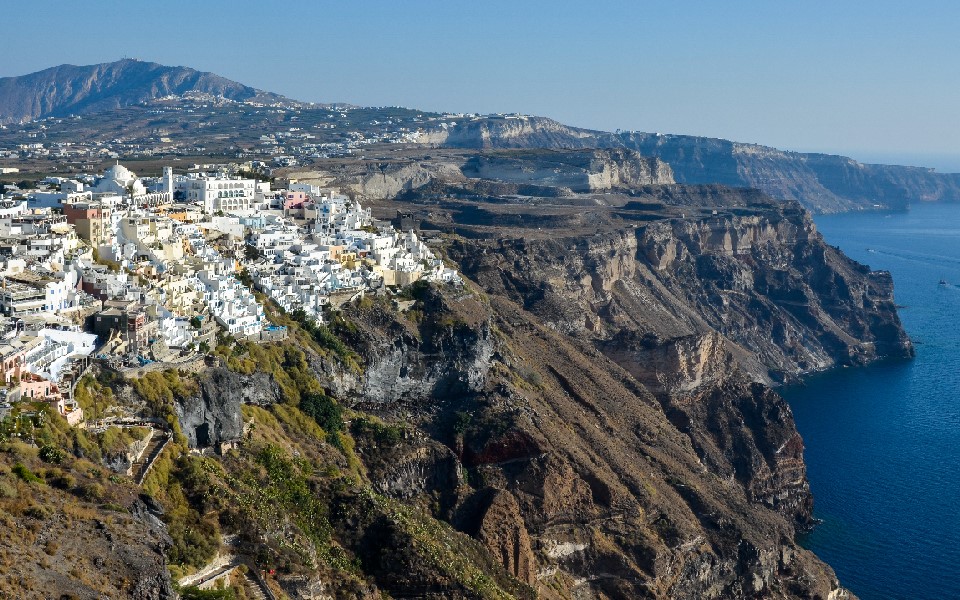
© Shutterstock
“Would Kykkos Monastery have the same cultural value without the Paphos Forest or Santorini without its ancient civilization, its geological wonders and marine ecosystem? What would happen to the archaeological site of Butrint in Albania if anti-flood work was not carried out, or to Nessebar in Bulgaria if it were not protected against human intervention? Questions such as these were put on the table so that we could draw up a strategy of intervention and structure a system of certification for MoNa areas on the basis of their natural but also cultural attributes. The program concerned the implementation of measures that showcase, protect and promote both the cultural and natural advantages of each area with the overarching aim of development a specialized tourism product,” the director of EKBMM, Flora Karagianni, who was also responsible for the MoNa program, told Kathimerini.
“The four areas that were selected are either protected by UNESCO or on the cultural lists of the relevant country and are of particular environmental interest. The marine flora and fauna of Santorini, Nessebar and Butrint were also mapped and recorded by the Hellenic Center for Marine Research (HCMR), while a digital, interactive narrative was also created in order to raise awareness among young people,” added Karagianni.
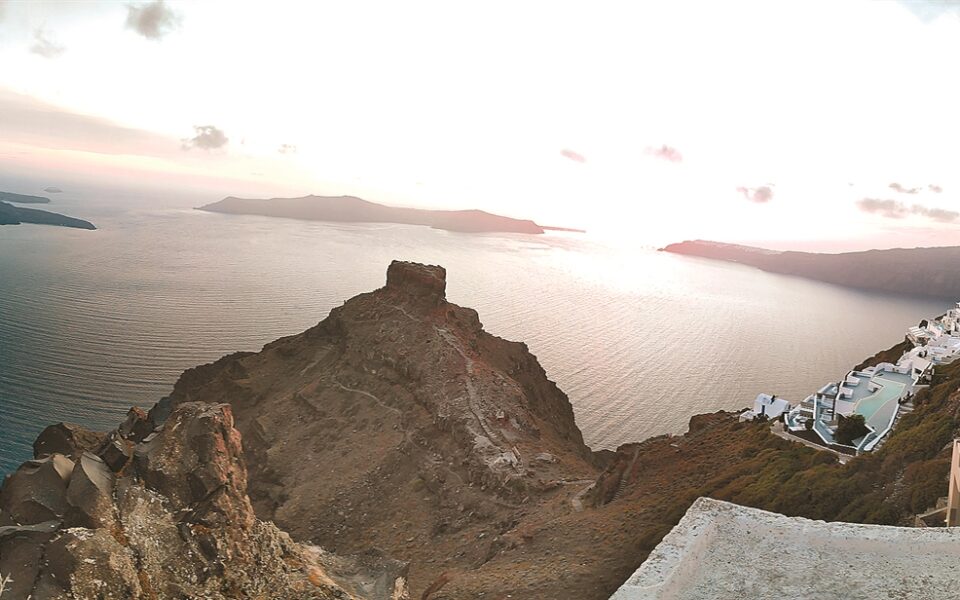
Santorini
“MoNa was the perfect program for going ahead with projects toward a mild and sustainable form of tourism development that serves as a reminder to the international public that Santorini is not only worth visiting for its sunsets, but also for its cultural and geological wealth,” said the island’s deputy mayor for culture, Sofia Kitsou.
The program “came at the right time, as the municipal authority was observing overcrowding on the island and was looking for alternative solutions for the holistic management of the caldera’s cultural and natural legacy,” she added, referring to the basin formed by the sunken volcanic crater partly enclosed by the island.
“This was especially so for [the islet of] Thirasia, which, to our good fortune, maintains the charm of an untouched landscape, so with the knowledge and experience gleaned from the mistakes of the past and from the unbridled residential expansion, we are trying to find a balance with the island’s environmental and cultural assets,” said Kitsou.
The most important part of the work carried out as part of MoNa by the Ephorate of Antiquities for the Cyclades was a full and documented record of all the monuments in and around the caldera, both on Santorini and Thirasia. Work was also carried out at Skaros rock, the site of an ancient and Byzantine fort, and also – to a lesser extent – on the Byzantine castle and around the Church of Profitis Ilias on Thirasia, where traces of human habitation have been discovered and are under investigation, eight at the rim of the caldera.
“The main thing that makes MoNa important is that it doesn’t treat the monuments like isolated entities but as part of a special natural setting at risk from the elements and human activity,” notes the director of the Ephorate of Antiquities for the Cyclades, Dimitris Athanasoulis.
“We cast light on an overlooked part of Santorini’s cultural heritage, showcasing the significance of the caldera as a complex natural and cultural landscape. And from this, we have therefore created a cultural network in the volcanic and marine environment that is centered around Skaros, which was the capital of Santorini in the Middle Ages and stands sentry over the caldera,” he added.
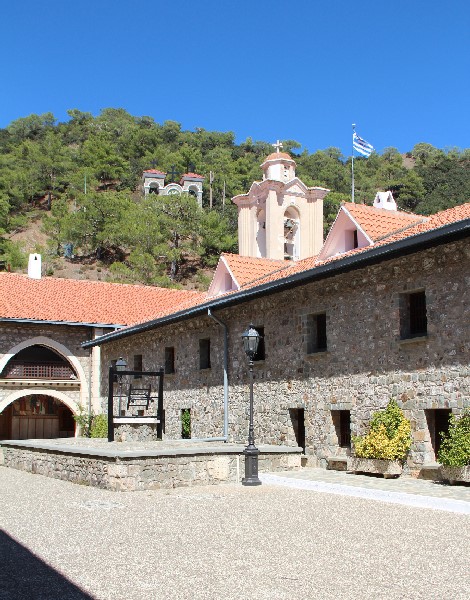
© Shutterstock
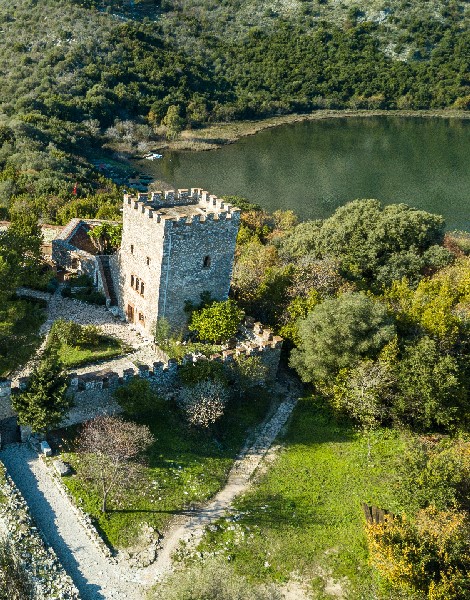
© Shutterstock
Cyprus
“Coming into the MoNa program, I had trouble imagining how we would combine two diametrically different fields. But the program came at the right time, just as we were looking for ways to promote the old forest trail to Kykkos Monastery in the Paphos Forest, which is a 60,000-square meter area of particular environmental importance and protected under Natura 2000,” Savvas Iezekiel, the deputy director of the Forestry Service at Cyprus’ Ministry of Agriculture, Rural Development and Environment.
Thanks to MoNa, around half the historic 22-kilometer trail was restored, mapped and posted with signs that give visitors interesting information about its history, while six forestry stations that had also been used as hideouts by the EOKA nationalist guerrilla organization were also restored, according to Dr Charalampos Chotzakoglou, chairman of the Society of Cypriot Studies.
Some of the stations have been taken over by the Tourism Ministry, which plans to turn them into guesthouses to meet rising demand in the wake of the area’s growing popularity as a walking and camping destination.
Butrint
The UNESCO World Heritage Site of Butrint on the banks of the lake of the same name in southeastern Albania is at serious risk of flooding, something that would cause irreparable damage to the incredible relics of the ancient Greek city that was discovered there, as well as to its prehistoric and medieval artifacts. The question facing the Albanian authorities now is whether nature is threatening the archaeological site or whether the site is contributing to flooding phenomena in the area.
The solution lies in a comprehensive management plan for the site and its environs, which is why the MoNa program for Butrint comprises a series of studies on the impact of draining the water from the ground holding the monuments.
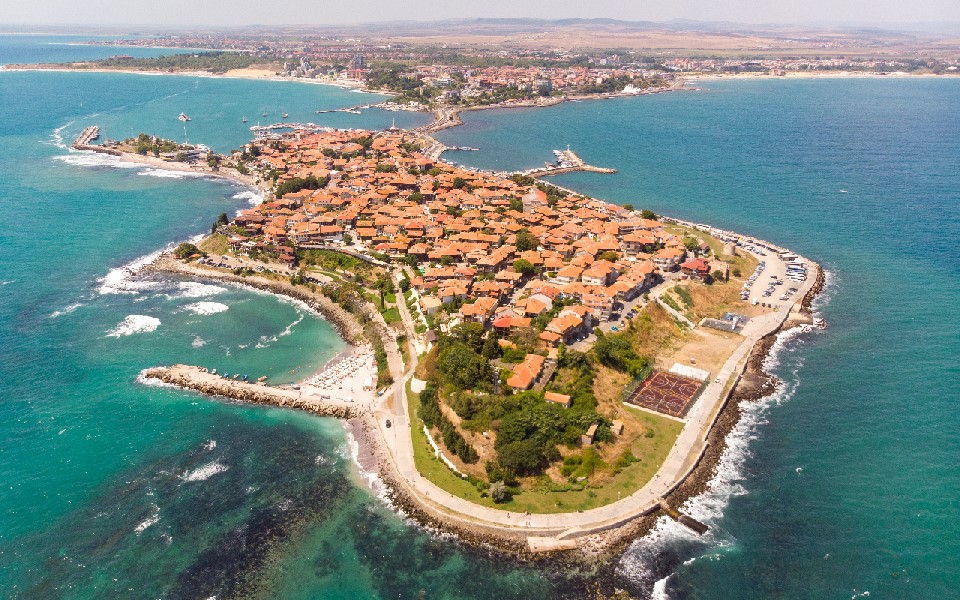
© Shutterstock
Nessebar
In Bulgaria, the elements and human activity are taking a devastating toll on “the pearl of the Black Sea,” as the ancient city of Nessebar is known. One of the country’s key tourist attractions, an important ancient Greek city (Messambria) with a history stretching back 3,000 years, but also a showpiece of medieval architecture, Nessebar was inducted into MoNa for the comprehensive management of the city-museum on the rocky promontory that is connected to the mainland by a natural causeway.
This article was previously published at ekathimerini.com.












